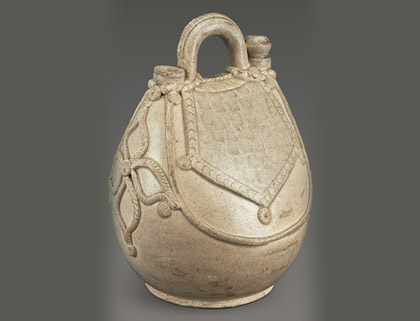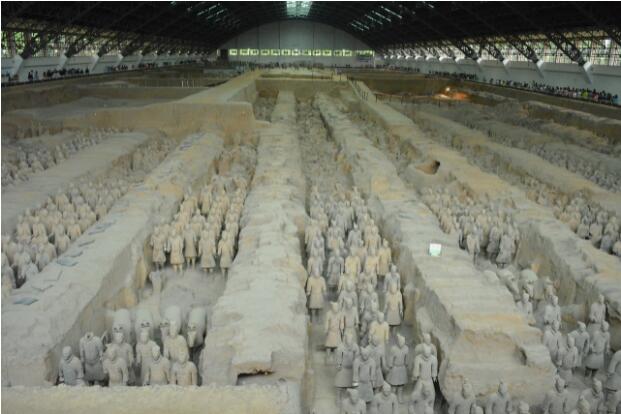Field Visit
Tips
1) Participants' information is required during registration. Accident Insurance is provided by Travel Agent.2) Please show Tour Card when getting on the bus. Please take care of your Tour Card as it is the only access to the tour.
3) Please follow the arrangement of the guide. Participants are not allowed to leave team without permission.
Schedule
Depart from Aoxiang International Conference Center (8:30 am)→Xi'an Museum and the Small Wild Goose Pagoda (9:00 am to 11:00 am) →Lunch (11:00 am to 12:00 am) →Terracotta Army (2:00 pm to 5:00 pm) → Back to Aoxiang International Conference CenterNote: This is a tentative itinerary. Some small items are subject to change based the arrangement of the guide.
Xi’an Museum
Xi’an Museum is composed of three parts including museum, site of Jianfu Temple in Tang Dynasty and Historical and Cultural Park of Small Wild Goose Pagoda, with museum, tower, temple and park enhancing each other’s beauty and bringing out the best in each other, being distinctive among museums in China and the rare national grade I museum integrating world cultural heritage, historical and cultural relics under state protection, ancient architectural complex and modern exhibition hall.
Xi’an Museum contains more than 110,000 pieces of cultural relics, including bronze wares, jade wares, gold and silver wares, porcelains, stone sculptures, inscription on tablet, seals, earthenwares, three-color glazed wares, painting and calligraphy, sutra, rubbings, ancient and rare books, miscellaneous wares, including 10441 pieces of valuable cultural relics at no lower than grade III. The museum has collected more than 100,000 volumes of ancient books, with 37 volumes of books having been selected into Catalogue of National Rare Books in China and the collections complete in sequence and category to create a system of their own. The exhibition hall of Xi’an Museum designed under the direction of Master Zhang Jinqiu as an academician of Chinese Academy of Engineering has a built-up area of more than 16000sqm and a show area of more than 5500sqm, having more than 2000 pieces of cultural relics on display, the exhibition hall has had a display pattern with focus on fundamental display of Xi’an as an ancient capital, together with special display of compassion and fascination—Chang’an Buddhist Statues Art and spirit of the universe—Selected Ancient Jade wares and various temporary exhibitions as expansion and extension thereof having shown historical features of Xi’an as a
Small Wild Goose Pagoda in scenic spot is cloud kissing, with ancient trees reaching to the sky, green grass and zigzag lake therein, time-honored ancient music in Chang’an to underline the excellent location with lingering melodious rhythm, folk cultural relics that could be found everwhere in those days such as hitching posts and various folklore art exhibition open a window for tourists to understand Chinese traditional culture. Well-arranged and delightful park and garden around water enable tourists to enjoy cultivation of temperament in tranquil and relaxed environment in downtown area.




Terracotta Army
Terracotta Army, also namely Terracotta Warriors and Horses, is known as the Eighth Wonder of the World. It is a super large collection of life-size terra cotta sculptures in battle formations, reproducing the mega imperial guard troops of Emperor Qin Shi Huang (259 - 210BC), the first emperor of the first unified dynasty of Imperial China. The great archeological excavation of Qin (221BC-206BC) Terra Cotta Warriors and Horses unfolded a strong army of altogether 7,000 life-size pottery soldiers, horses, chariots and weapons arranged in battle formations symbolically, guarding the tomb of Emperor Qin Shi Huang. Being the most significant archeological excavations of the 20th century and a UNESCO World Heritage Site, the Terracotta Army is no doubt a must-see for every visitor to Xi'an.


